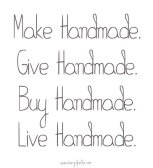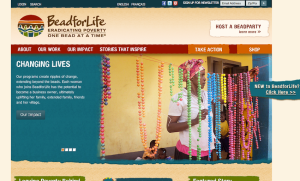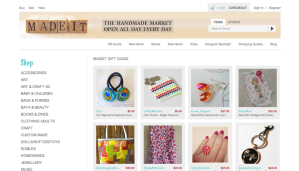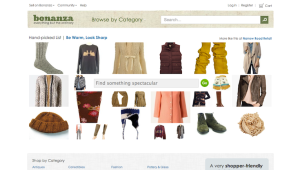Why buy handmade, you ask? What is it that makes handcrafted items unique? Why bother going the extra mile when it’s so much more convenient to purchase something from your local shopping mall? In this post, i’d like to highlight some of the best reasons as to why all of us should at least consider buying items that handmade. Adapted from ‘101 Reasons to Buy Handmade’, here are some of my favorite quotes from artists, designers and shop keepers that explain why they think that handmade goods are worth every penny:
mile when it’s so much more convenient to purchase something from your local shopping mall? In this post, i’d like to highlight some of the best reasons as to why all of us should at least consider buying items that handmade. Adapted from ‘101 Reasons to Buy Handmade’, here are some of my favorite quotes from artists, designers and shop keepers that explain why they think that handmade goods are worth every penny:
“Buying from craftspeople is a conscious decision. people need to be more conscious of spending of where their hard-earned money is going, changing hands etc. this contributes to the bigger picture.” – Sonja Ahlers
“Handmade products are more than just a product. There is love, creativity and uniqueness. And that shows.” – Karin
“Love. You give gifts with love. When you buy handmade you can be sure that your gift is also made with love. You can think of love as a fairy dust that has been sprinkled over your gift throughout the making and gift giving process. And that fairy dust will make your loved one feel so much better than formaldehyde residue…When you give a handmade gift it’s more like writing a letter to someone than giving them a newspaper gift-certificate.”
“Human rights & ecological aspects. Buy handmade and you support a true artist. You can be sure that human rights are respected in the making of your gift. Handmade gifts are for many reasons often more ecological than mass produced: indie artists are superb recyclers (and we mustn’t forget upcycling, upcycled gifts are a big hit this year!) and of course handmade in most cases outlasts mass produced.”
“Price vs. value. If you buy your best friend a handmade journal instead of a mass produced one and spend twice the money, it’ll be worth every penny. Treasures are handmade with love and thought, not mass produced.” – Kaija
“I love knowing I’m supporting someone’s passion. And even though I buy from handmade artisan’s in states and countries I’ve never visited, I feel a sense of community when receiving an item that travels from their hand to mine. I like that I know who to contact to say “it’s here! I love it!” – one person to another.” – Manny
“Giving handmade is truly the essence of gift-giving. When you give a friend or loved one a gift, you are really saying “I care about you.” A handmade gift conveys so much more than something pulled off the end-cap display of a mega store. Of course there are the obvious economic benefits of supporting independent makers and artists, but buying and giving handmade is, at heart, a loving act.” – Cassie






